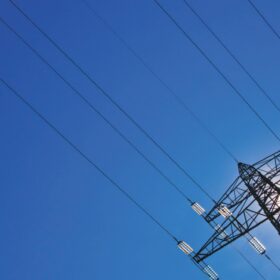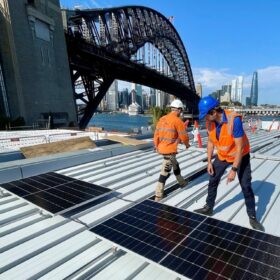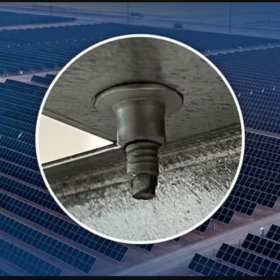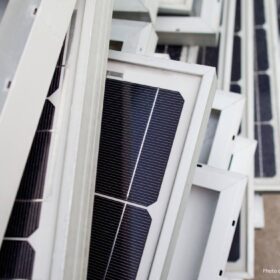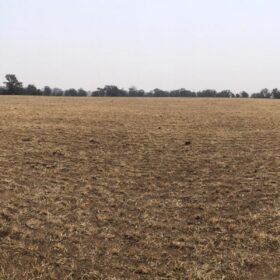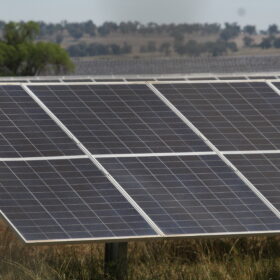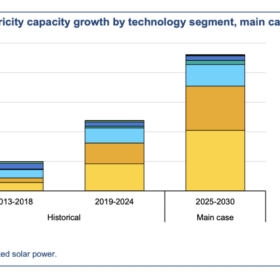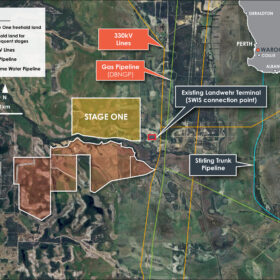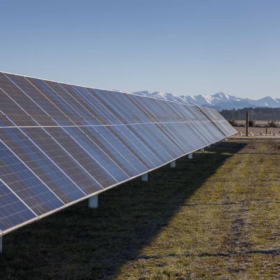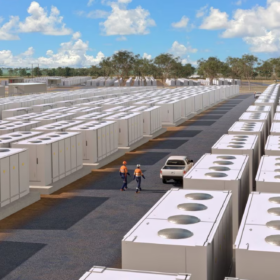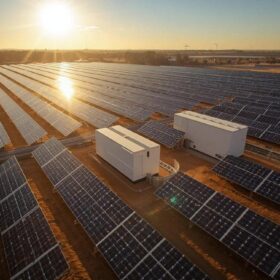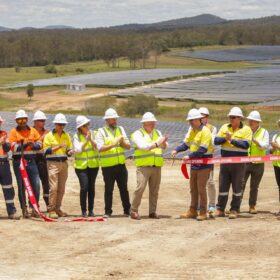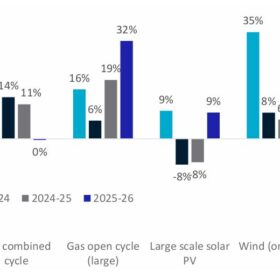Vanuatu runs tender for supply, installation of solar systems
A tender is open in Vanuatu to deliver eight solar water pump systems and 24 standalone solar PV systems. The deadline to submit expressions of interest is October 27.
CopperString cutbacks mapped out in Queensland’s Energy Roadmap
The Queensland government’s Energy Roadmap outines new delivery plans for the CopperString transmission project in an effort to put a lid on its $12 billion cost blowout.
Australian-made solar thermal system deployed at iconic Sydney pool
Sydney technology startup Coolsheet has begun a commercial-scale pilot of its PV-thermal system, a patented aluminium heat exchange panel that converts a standard solar module into a PVT hybrid for new installations as well as retrofits.
Rivet connection system fast-tracks installs and maintenance
Solar tracker and fixed-tilt racking solutions company GameChange Solar, has launched a rivet connection option for module mounting improving large-scale solar farm installation speeds and long-term maintenance.
Choose to reuse: second-hand solar panel resale certification proposed
Block chain-based tracking of a solar panel’s lifecycle or a national certification program for second-hand modules, are two strategies University of South Australia researchers studied in developing a game plan for keeping panels out of landfill.
Hybrid developments make clean sweep of Capacity Investment Scheme Tender 4
Investment confidence in solar and battery storage development is clear-cut given over 50% of 20 successful Capacity Investment Scheme Tender 4 bids are for large scale hybrid projects.
Potentia lands IPC approval for 1 GW solar and battery project
The 1 GW Tallawang solar and battery hybrid project being developed in central west New South Wales has secured final state planning approval after being forced to an independent tribunal after attracting more than 50 objections.
IEA lowers 2025-30 forecast for solar growth
The International Energy Agency has cut its 2025–30 renewables forecast by 5%, citing lower solar additions, though PV still represents nearly 80% of 4.6 TW expected growth.
Frontier unveils expansion strategy for Waroona solar and battery project
Frontier Energy has revealed a multi-stage expansion strategy for its Waroona solar and battery project being developed in Western Australia’s southwest, targeting up to 1 GW of PV generation capacity and 660 MW of battery energy storage by 2031.
Genesis and FRV scrap solar development partnership
New Zealand government-backed utility Genesis Energy and FRV Australia, the local arm of global renewable energy developer Fotowatio Renewable Ventures, have dissolved their solar development joint venture just months after delivering their first PV project.

